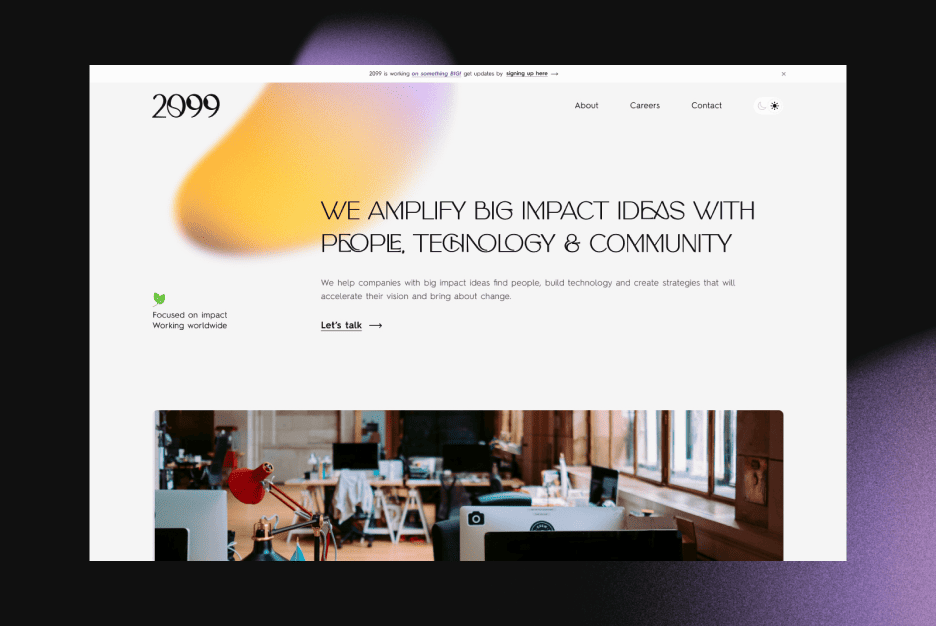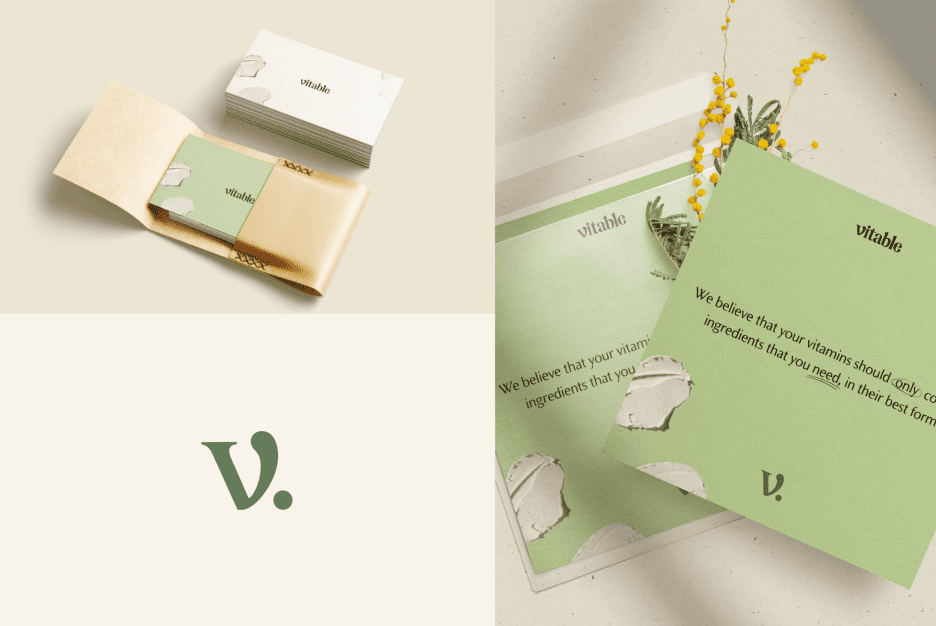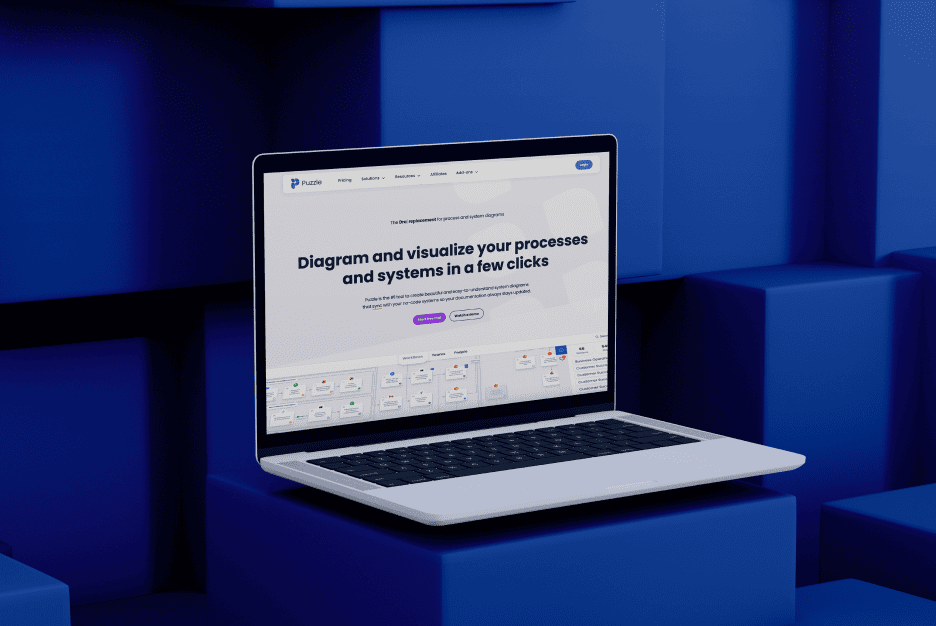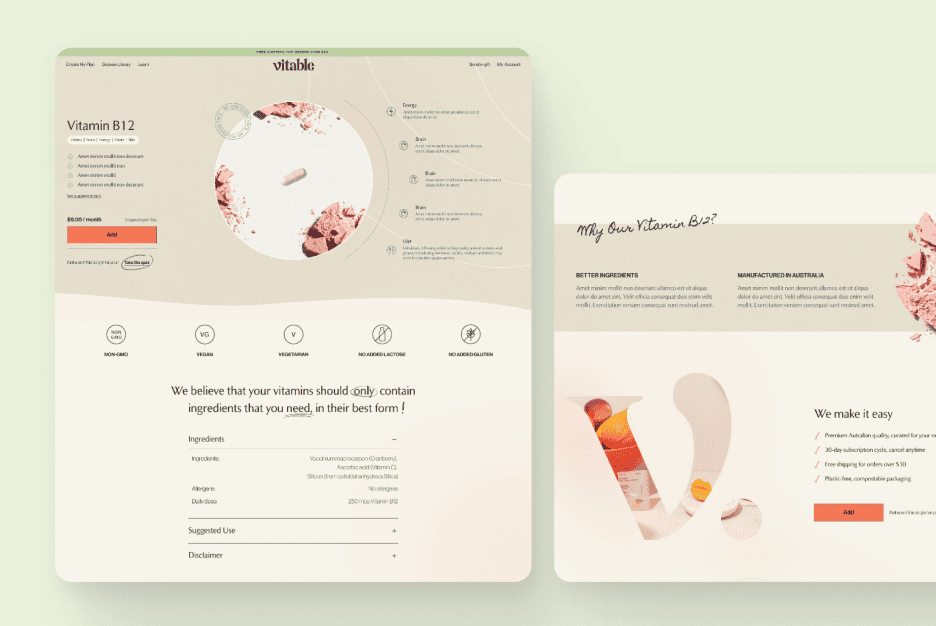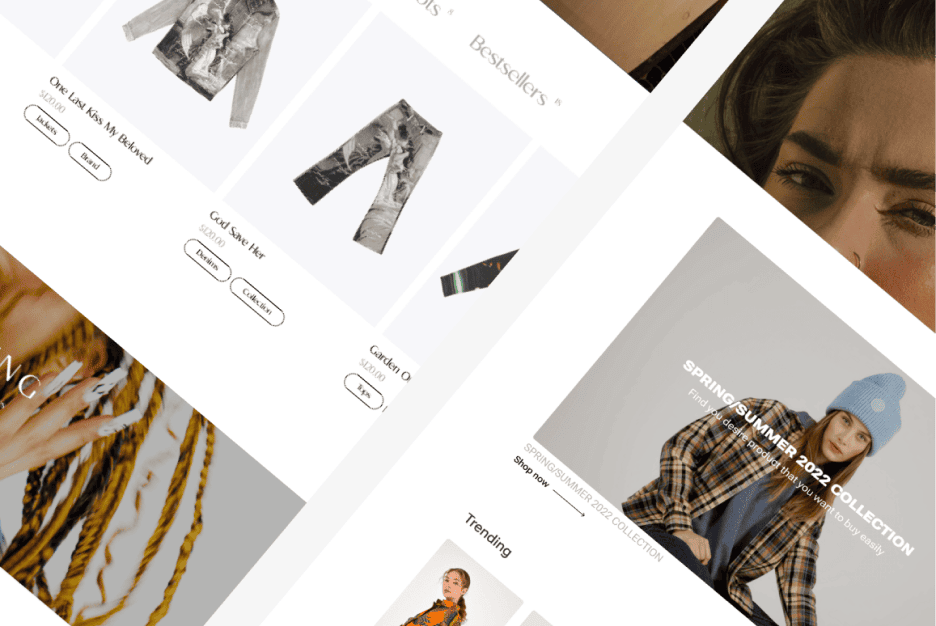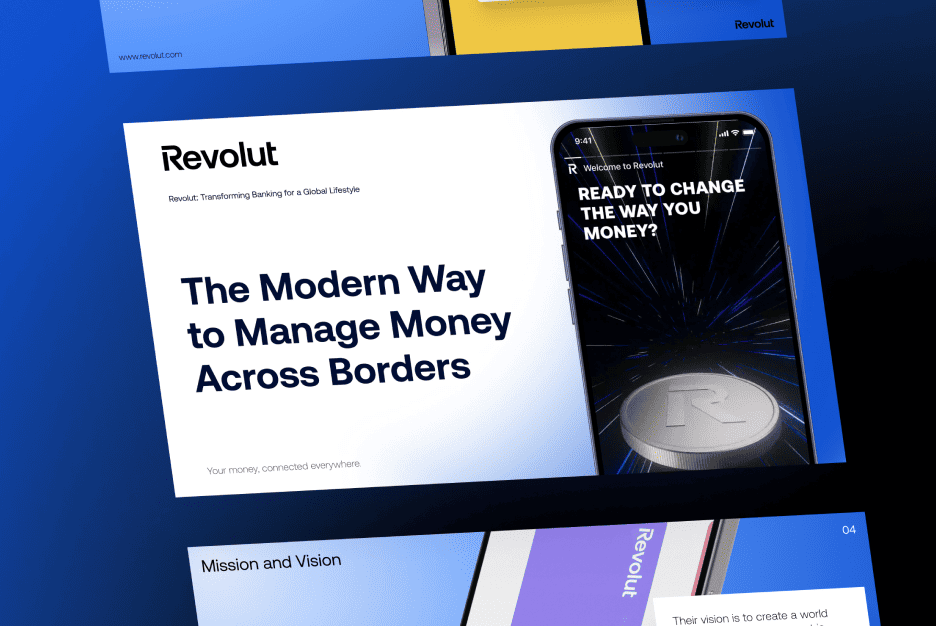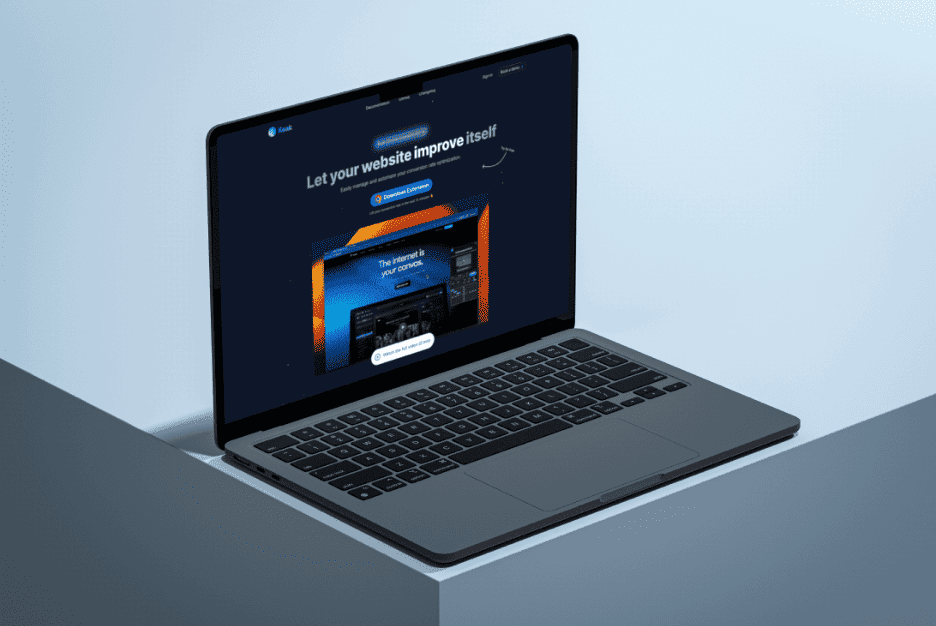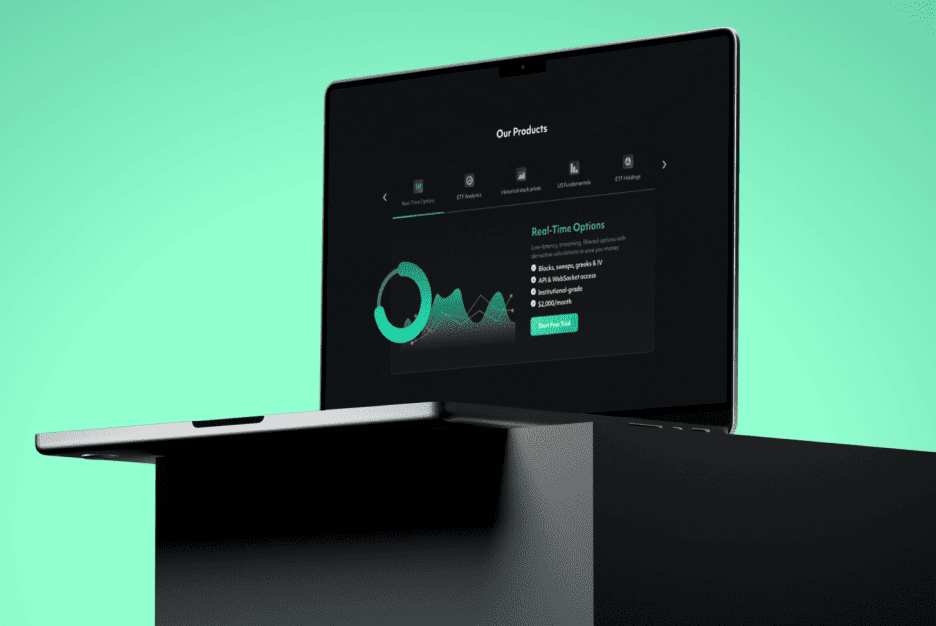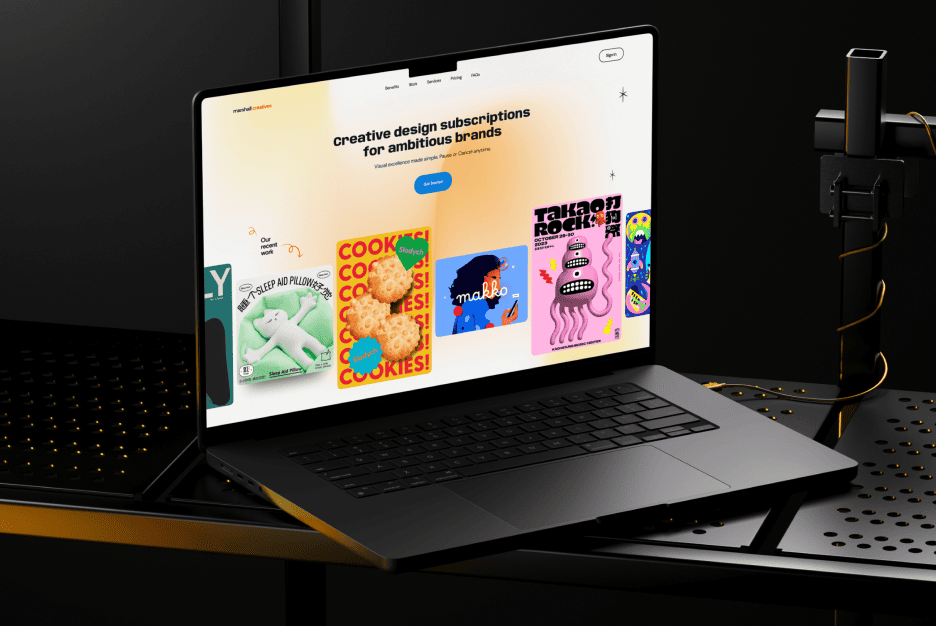Let’s be honest — designers love making things beautiful. Bold colors, experimental layouts, cinematic transitions… the kind of stuff that wins awards. But here’s the twist: users don’t care about your creativity if your website makes them feel lost.
In today’s digital jungle, the most impressive sites aren’t the flashiest — they’re the ones people actually use. The ones that understand emotion, logic, and flow. The ones where design helps, not distracts.
How brands lost balance between creativity and usability
Somewhere along the line, design became a competition for attention instead of comprehension. Brands started chasing “wow” moments instead of focusing on how people move through their User Journeys.
Aesthetics are important, sure. But when a user can’t find the checkout button or the menu hides behind a mysterious icon, all that beauty becomes frustration. True creativity solves problems — it doesn’t create new ones.
When creativity forgets function, users quietly leave. And that silence says more than any analytics report ever could.
Why beautiful websites don’t always work effectively
You’ve seen them — the gorgeous, cinematic websites that feel like interactive art galleries. They win design awards but fail real users. Because in the race for originality, basic usability often gets left behind.
A strong design isn’t just about looks; it’s about structure. A proper Information Architecture turns chaos into clarity. Without it, your creative masterpiece becomes a maze. People don’t want to “explore” your website — they want to get things done.
So before you push pixels around, ask yourself one thing: does this help the user, or just impress other designers on Dribbble?
What good user experience really means
A great experience isn’t about fancy features or cutting-edge trends. It’s about empathy — understanding the real emotions behind every click. UX isn’t a layer you sprinkle on top; it’s the foundation that holds everything together.
Strong UX design guides users naturally. It has rhythm, logic, and simplicity. The best User Journeys feel invisible — users don’t notice the design because everything just flows.
When in doubt, remember this: creativity excites people once, but usability keeps them coming back.
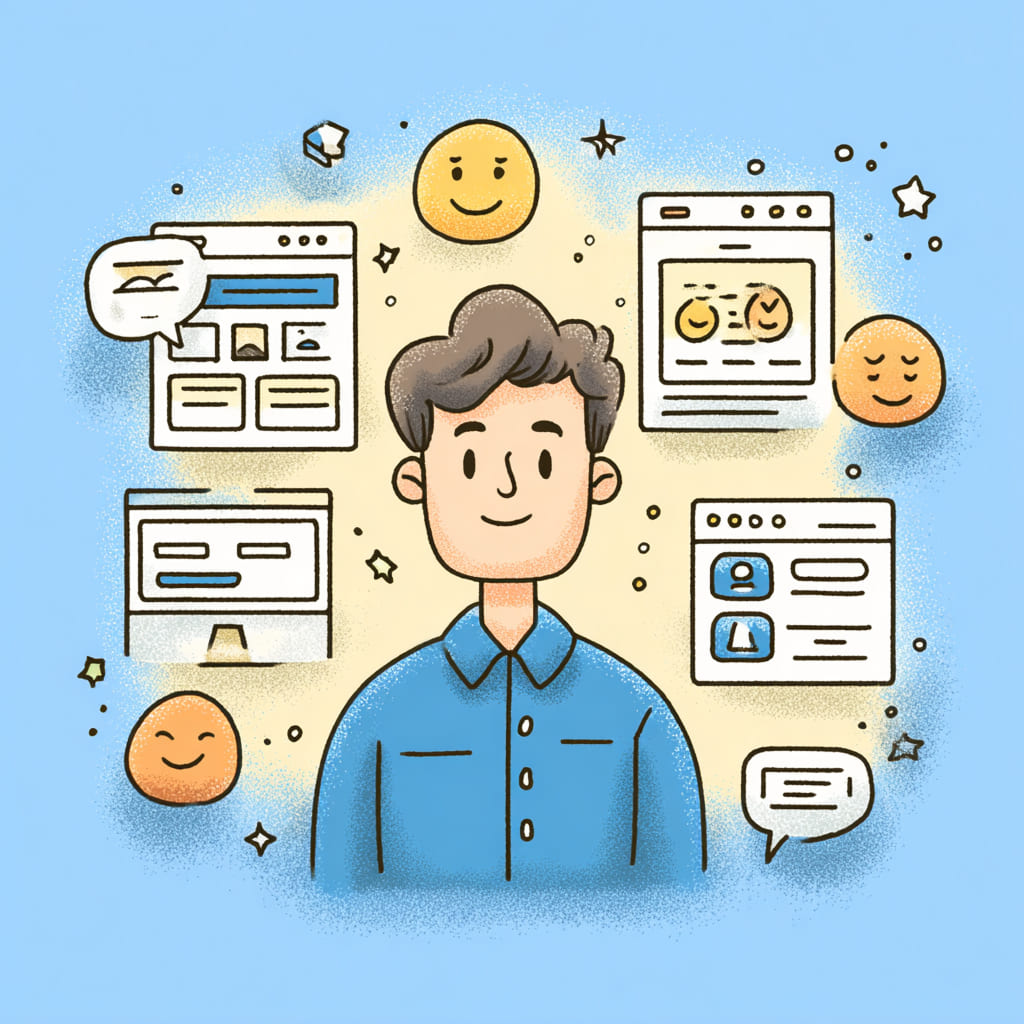
How emotion and logic shape design perception
People don’t make decisions logically — they make them emotionally, then justify them with logic later. That’s why great design balances the two. The Visual Hierarchy draws emotion, while structure gives it sense.
Think of it like a movie. Color and typography set the tone, but pacing and clarity tell the story. Too much chaos, and users feel lost. Too much order, and they feel bored. The magic happens in the tension between emotion and clarity — that sweet spot where beauty meets intuition.
Mistakes creatives make that kill conversion
Here’s the tough truth — creativity can backfire. Many designers fall into the trap of designing for themselves instead of users. They forget that the goal isn’t applause; it’s action.
Let’s look at the biggest offenders:
- Overcomplicating navigation. Hidden menus or unpredictable scrolls confuse users fast.
- Ignoring accessibility. What’s the point of stunning visuals if half your audience can’t use them?
- Poor contrast and clutter. Fancy doesn’t mean functional — too many elements break focus.
- Unclear calls to action. Users shouldn’t have to guess where to click next.
A well-designed page doesn’t scream for attention; it whispers direction.
Why minimalism and simplicity beat visual chaos
Minimalism isn’t about being boring — it’s about being intentional. Every pixel serves a purpose. Every blank space creates focus.
A clean Visual Hierarchy doesn’t just look professional; it builds trust. Users associate clarity with credibility. When a site feels light, responsive, and calm, the brain interprets it as reliable.
Simplicity gives users breathing room — that quiet moment of Silence in an otherwise noisy digital world. That’s the space where decisions happen.
The role of UX research in creating truly effective solutions
Good design starts with good questions. Before sketching a single wireframe, you need data — behavior patterns, motivations, and pain points. That’s what UX Research uncovers.
Skipping this step is like writing a script without knowing your audience. Research gives creativity direction. It reveals what users actually need, not what designers think they need.
The best creative ideas come from insights, not intuition. When creativity follows data, the results feel effortless — because they’re built on understanding, not guesswork.
How testing saves even the boldest ideas
Testing isn’t about proving your design wrong — it’s about making sure it works. Even the most brilliant concept can fall apart in the hands of real users.
That’s why usability testing should be baked into every process. Watch users interact with your prototype. Note where they hesitate or scroll aimlessly. Those moments expose friction — the hidden flaws in your Information Architecture.
Great designers don’t fear testing; they crave it. Because feedback turns creativity into precision.
When creativity becomes a tool, not the goal
The best kind of creativity serves a purpose. It enhances emotion, reinforces function, and supports User Journeys — not distracts from them.
When creative ideas work with usability instead of against it, they elevate the experience. Animation, color, and interaction should all work like good background music — guiding, not shouting.
In the end, creativity isn’t the star of the show. The user is.
Brands that chose UX over flashy concepts
Some of the most successful brands in the world are proof that usability sells.
Google is the perfect example — minimalist, fast, and consistent. No gimmicks, just results. Airbnb built its empire on intuitive navigation and emotional storytelling. And Apple, despite being a design powerhouse, prioritizes clarity in every interface.
They understand that long-term loyalty comes from function, not fireworks. Their Marketing may shine, but their UX does the real work.
The future of design where usability becomes art
We’re entering an era where simplicity is sophistication. The next generation of designers will treat usability as the ultimate creative challenge.
In the future, design won’t need to scream “look at me.” Instead, it will quietly guide users through seamless experiences, turning digital interaction into a form of art. Information Architecture, motion, and emotion will blend until beauty and function become one.
The best designs will be invisible — not because they’re plain, but because they’re perfect.
When you strip design down to what really matters, it’s not the sparkles or trends that make users stay. It’s how easily, naturally, and joyfully they move through it.
Because creativity might attract eyes, but experience wins hearts.
